To many, tennis is an exciting sport, particularly during the summer with the Australian Open looming. It involves a lot of high speed, repetitive movements for your upper body and consistent sprinting and change of direction for your lower limbs. Due to the demands of the sport it is common to get both acute and overuse injuries. Notable examples of acute injuries can include rolling an ankle on a grass court whilst changing direction or straining a calf from attempting to explode into a serve.
Common Overuse Injuries in Tennis
Shoulder Impingement
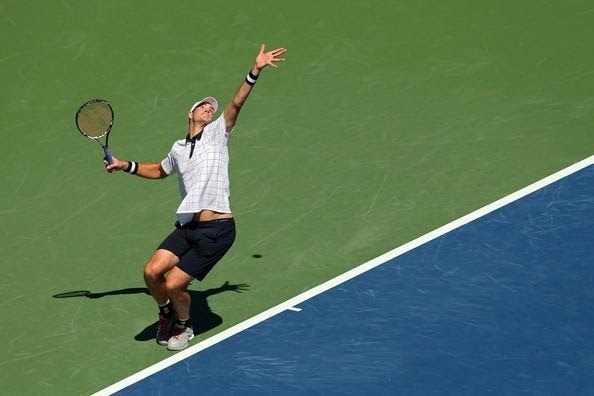
As detailed in one of our last blogs, shoulder impingement is a common problem with tennis players, which can be particularly prevalent on the serve and overhead smash. If a player has seen a change of training activity such as returning after a lengthy time off, players may feel sore through the front, side or back of the shoulder which can refer into the upper arm.
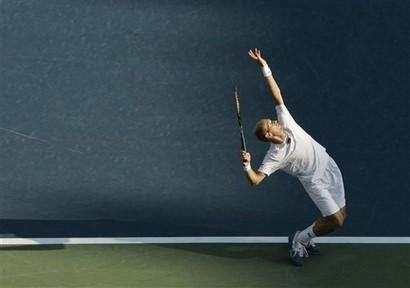
When we cock our arm/racquet back for our serve then rapidly accelerate, the structures within this sub-acromial space may (due to a variety of reasons such as weak muscles) get compressed which can cause inflammation.
Attending a physiotherapist consultation to analyse your serving motion can be beneficial to help identify ways to offload your shoulder such as using your legs, torso and wrist to contribute to your serve.
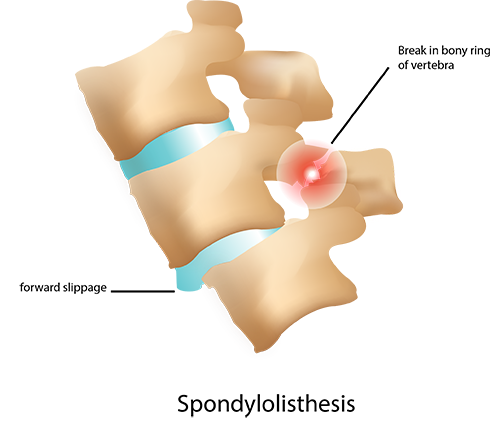
Bone stress reactions –> Stress fractures –> Spondylolisthesis
Similar to cricket, your lower back will be slightly extended when attempting certain serves. Excessive and/or unaccustomed repetitive back extension can, for some individuals produce pain over time. This is especially prevalent for pre-teen/teenage athletes whom are undergoing a rapid increase in training time, just starting tennis or trying to change their serving technique. The sudden increase in training may lead to fatigue through your muscles which will decrease their ability to absorb shock, the stress then being transmitted onto the bones. The bones internally then can become inflamed and this is known as a bone stress reaction.
If left unmanaged and athletes continue to play through the pain, bone stress reactions can lead to micro cracks in the bone known as stress fractures. In extreme cases of prolonged time playing with pain, the micro cracks can lead to a full disruption of the bone, causing the vertebrae to slip forward as seen in the photo above. Thus, if you are experiencing a gradual increase in back pain following a change in training and the pain is not going away with rest, please seek a physiotherapist’s opinion.
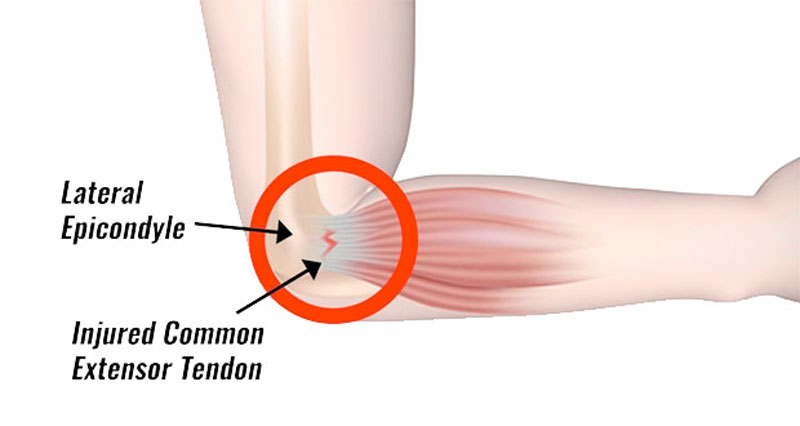
Tennis Elbow
Another typical overuse injury prevalent with tennis is tennis elbow, as indicated by the name. Players may feel pain around the forearm/elbow which could extend down to your wrist. The source of the pain is a tendon which connects to your upper arm bone at the lateral epicondyle (as seen above). The muscles that act on this tendon bend your wrist backwards. Typically, just like the previously discussed injuries, this injury is a result of asking your body to do more than what it is currently capable of.
Things that contribute to tennis elbow can be gripping the racquet too tightly, having a grip that’s not the appropriate size for you, having equipment such as your racquet/strings too stiff or having biomechanical issues with strokes such as forehand or backhand.
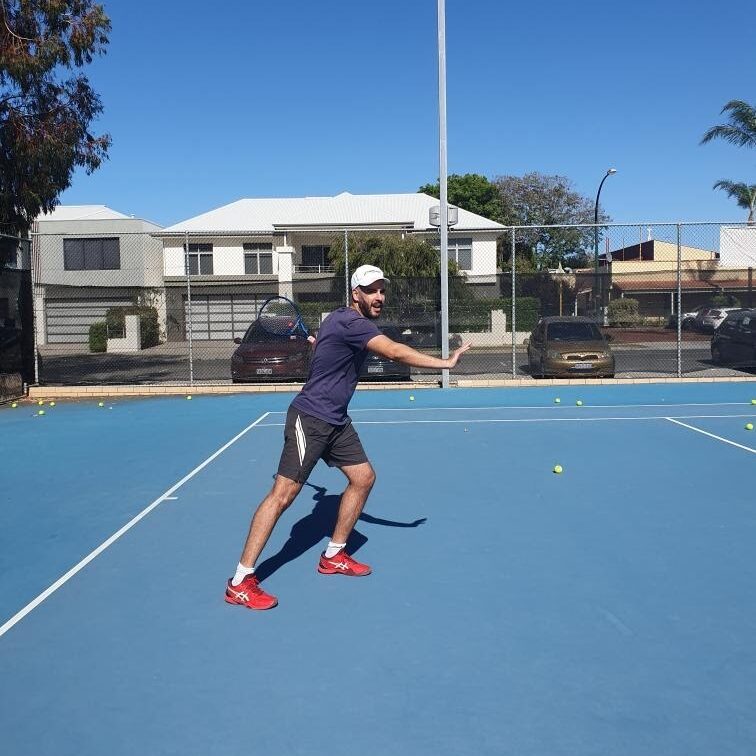
Zaid Alazawi (our tennis physiotherapist) in action
With elbow, wrist and shoulder pain, the injured structures will need to be rehabilitated through exercise therapy, as well as identifying other contributing factors causing the pain. Often your equipment can be putting extra stress through the injured structures. Your physiotherapist can help to discuss the potential influences of the weight, size and stiffness of your racquet if required.
Our physiotherapist Zaid has a special interest in treating tennis injuries and is always happy to treat players at all levels. He has a wealth of knowledge in this field and is only a phone call away.
